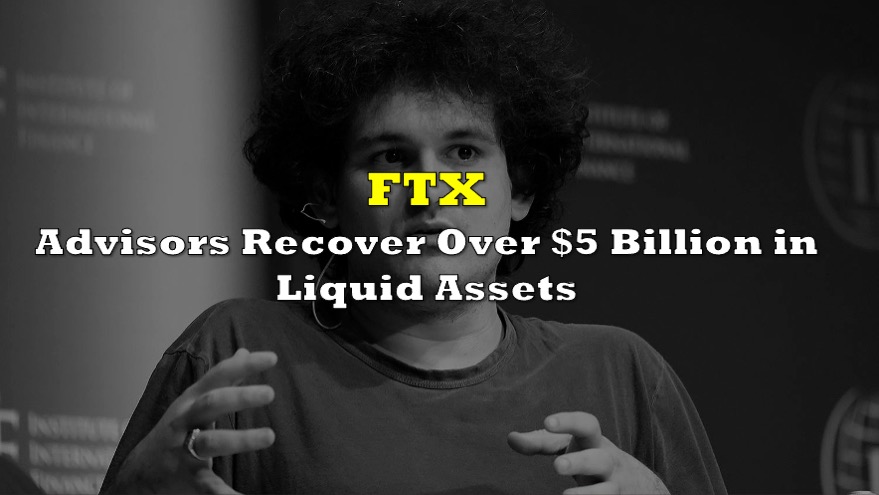Personal insolvencies in Canada have reached a four-year high, according to a recent report from the Canadian Association of Insolvency and Restructuring Professionals (CAIRP). The second quarter of the year saw a 12.4% increase in consumer insolvencies compared to the same period last year, while business insolvencies surged by an alarming 41.4%.
The Office of the Superintendent of Bankruptcy reported 35,082 consumer insolvencies during the quarter, including both consumer proposals and bankruptcy filings. This level of insolvency has not been seen since before the COVID-19 pandemic, further underlining the ongoing financial struggles of Canadian households.
Related: Canadian Families Now Spend More on Taxes Than Basic Necessities, Study Finds
Experts attribute this trend to a combination of factors, including persistent inflation, high interest rates, and mounting debt. André Bolduc, chair of CAIRP, notes that many Canadians are living paycheck to paycheck with no savings, forcing them to rely more heavily on credit.
It’s actually worse.
— red pill rick (@igetredpilled) August 4, 2024
Quarterly insolvencies are at a 13 year high.
Q2 2024 just notched 36,623 – the highest quarterly amount dating back to 2012.
We’re now sitting at 15% above the pre-pandemic average and it’s not slowing down.
Try to keep up @6ixbuzztv. pic.twitter.com/FLIGa3sODe
The situation is particularly dire in Ontario, which experienced an 18.3% year-over-year increase in bankruptcy filings. On average, 386 Canadians filed for bankruptcy each day during the second quarter.
While consumer insolvencies are on the rise, business insolvencies have been trending upward for the past two years, with 1,541 cases reported in the recent quarter. Industries most affected include construction, transportation, warehousing, and administrative support services.
Some experts suggest that the current financial difficulties may be partly due to the government’s pandemic-era direct payment policies, which are now contributing to inflation. Despite a slight quarter-over-quarter decrease in business insolvencies, overall numbers remain high and could potentially increase further.
Information for this story was found via Toronto Star, and the sources and companies mentioned. The author has no securities or affiliations related to the organizations discussed. Not a recommendation to buy or sell. Always do additional research and consult a professional before purchasing a security. The author holds no licenses.









